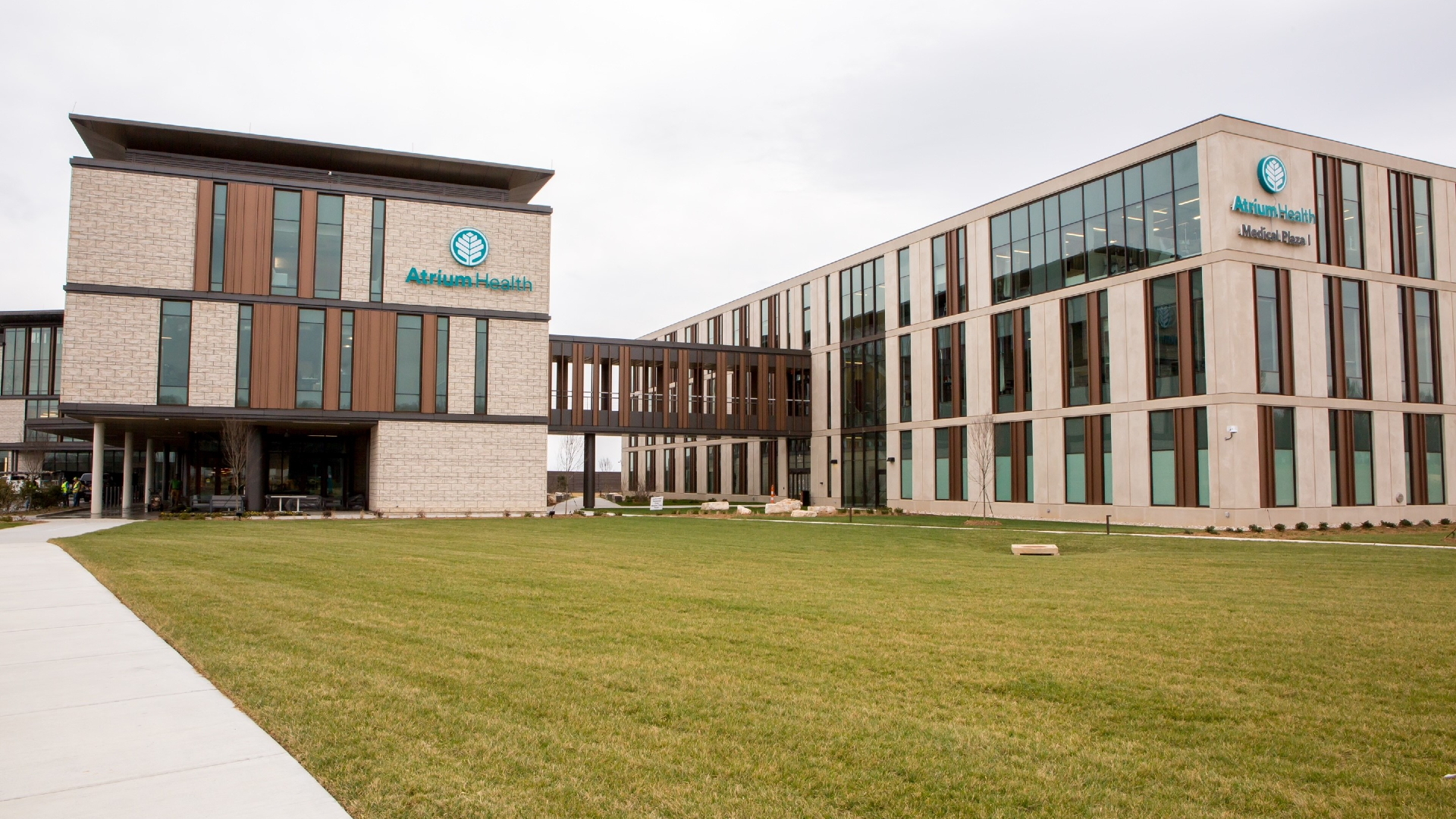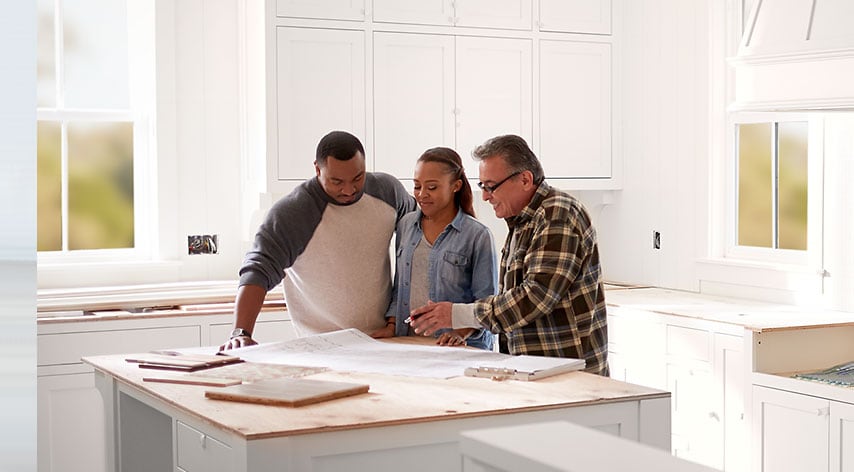When it comes to funding home improvement projects, securing the right loan with favorable rates is crucial. Home improvement loan rates can vary depending on factors such as the type of loan, the lender, and the https://homeimprovementgate.com/ borrower’s creditworthiness. In this article, we’ll explore everything you need to know about home improvement loan rates, how they work, and how to find the best rates for your renovation projects.
Understanding Home Improvement Loan Rates
Introduction
Home improvement loan rates refer to the interest rates charged on loans specifically designed for funding home renovation or improvement projects. These rates determine the cost of borrowing and can significantly impact the overall affordability of a loan.
Types of Home Improvement Loans
There are several types of loans available for home improvement projects, each with its own set of interest rates:
- Personal Loans: Unsecured personal loans typically have higher interest rates compared to secured loans but offer flexibility and fast approval.
- Home Equity Loans: Secured by the equity in the borrower’s home, home equity loans often have lower interest rates than personal loans.
- Home Equity Lines of Credit (HELOC): Similar to home equity loans, HELOCs allow borrowers to borrow against their home’s equity but offer a revolving line of credit with variable interest rates.
- Cash-Out Refinance: Refinancing your mortgage to access equity for home improvements can provide a lower interest rate than personal loans but may involve higher closing costs.
Factors Influencing Home Improvement Loan Rates
1. Credit Score
Borrowers with higher credit scores typically qualify for lower interest rates, as they are considered less risky by lenders. Conversely, borrowers with lower credit scores may face higher interest rates or have difficulty qualifying for loans.
2. Loan Term
The length of the loan term can affect the interest rate. Shorter-term loans often come with lower interest rates but higher monthly payments, while longer-term loans may have higher interest rates but lower monthly payments.
3. Loan Amount
The amount of the loan can also impact the interest rate. Larger loan amounts may qualify for lower interest rates, while smaller loans may have higher rates.
4. Lender Policies
Different lenders have different policies and criteria for setting interest rates. Shopping around and comparing offers from multiple lenders can help borrowers find the most competitive rates.
How to Find the Best Home Improvement Loan Rates
1. Research and Compare
Start by researching lenders and loan options to find the best rates for your needs. Use online comparison tools and request quotes from multiple lenders to compare interest rates, terms, and fees.
2. Improve Your Credit Score
Take steps to improve your credit score before applying for a loan. Paying bills on time, reducing debt, and correcting any errors on your credit report can help improve your creditworthiness and qualify you for lower rates.
3. Consider Secured Loans
If you have sufficient equity in your home, consider a secured loan such as a home equity loan or HELOC, which typically offer lower interest rates than unsecured loans.
4. Negotiate with Lenders
Don’t be afraid to negotiate with lenders to secure better terms. Ask about discounts for automatic payments or loyalty programs that may lower your interest rate.
Conclusion: Securing Affordable Financing for Your Projects
In conclusion, understanding home improvement loan rates and how they work is essential for securing affordable financing for your renovation projects. By researching options, improving your credit, and exploring different loan types, you can find the best rates and terms to make your home improvement dreams a reality.







